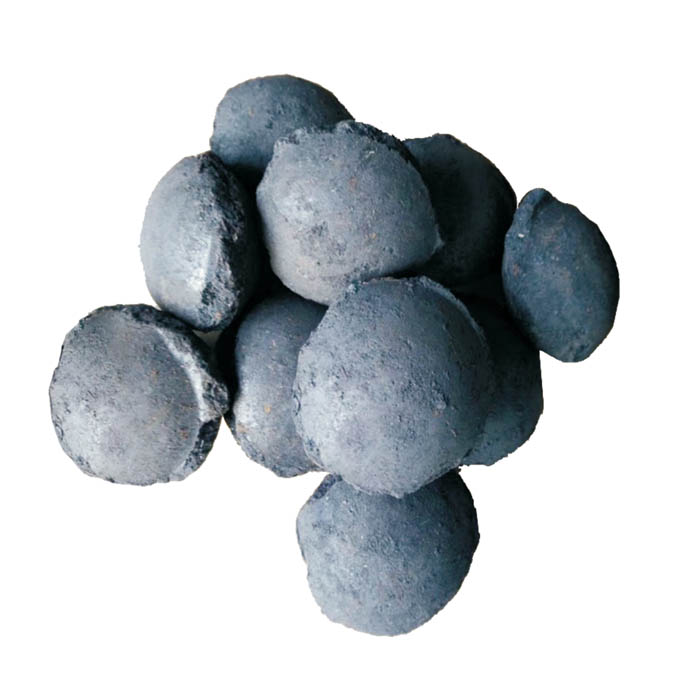Dec . 10, 2024 04:12 Back to list
China's Refractory Casting Materials for High-Temperature Applications and Industrial Uses
The Emerging Landscape of China's Refractory Cast Materials
Refractory cast materials play a critical role in various industries, particularly in high-temperature applications, such as metallurgy, cement, and glass production. In recent years, China has emerged as a dominant player in the global refractory market, characterized by significant advancements in technology, production capacity, and export potential. This article explores the current trends, challenges, and future prospects of refractory cast materials in China.
Understanding Refractory Cast Materials
Refractory cast materials, or simply refractories, are designed to withstand high temperatures, corrosive environments, and mechanical wear. They are primarily composed of ceramic materials and are used to line furnaces, kilns, incinerators, and reactors. The most common types include alumina, silica, magnesia, and multi-component systems, which provide various properties suited for specific applications.
China's refractory industry has grown rapidly, largely due to the country's industrialization and infrastructural development. With the rising demand for iron and steel, cement, and other heavy industries, the production and consumption of refractory materials have significantly increased.
Technological Advances
One of the key factors contributing to the growth of China's refractory cast materials market is the continuous advancement in manufacturing technology. Chinese manufacturers have incorporated state-of-the-art techniques such as advanced mixing processes, precise casting methods, and innovative quality control systems. This has led to improved consistency, reliability, and performance of refractory products.
Moreover, research and development efforts have focused on enhancing the thermal stability and mechanical properties of refractories. Developments in nano-refractory materials and additives have created products that can withstand extreme conditions, thereby extending the lifespan and efficiency of high-temperature equipment.
Market Dynamics and Exports
china refractory cast material

China is currently the largest producer and exporter of refractory materials globally. In 2022, the country's refractory industry was valued at over USD 26 billion, with a significant portion of this value attributed to exports. Major importers include countries in Southeast Asia, Europe, and North America, which rely on China's competitive pricing and high-quality products.
However, the market is not without its challenges. International competition, rising raw material costs, and stringent global environmental regulations are pushing manufacturers to adapt and innovate. Ensuring sustainability through eco-friendly production processes and recycling initiatives has become critical in maintaining competitiveness in the global arena.
Environmental Considerations
The refractory industry is under increasing scrutiny concerning its environmental impact. The production processes often involve high energy consumption and emissions. In response, the Chinese government has implemented stricter regulations to promote sustainable practices and reduce pollution. Many refractory manufacturers are investing in cleaner technologies and production methods.
Additionally, the focus on recycling spent refractories is gaining momentum. Various companies are exploring methods to reprocess used materials, thereby reducing waste and conserving resources. This shift not only addresses environmental concerns but also presents economic opportunities through the development of circular economy strategies.
Future Prospects
Looking ahead, the future of China's refractory cast materials market appears promising. The push towards modernization and technological advancements is expected to continue, enabling manufacturers to produce higher-quality products that meet evolving industry standards.
Moreover, the rise of new sectors such as renewable energy, electric vehicles, and advanced ceramics is anticipated to drive demand for specialized refractory materials. The ongoing investments in infrastructure projects, including those under the Belt and Road Initiative, are also expected to sustain growth in the refractory market.
In conclusion, China's refractory cast materials industry is poised for substantial growth, driven by technological innovation, increasing industrial demand, and a shift towards sustainable practices. As the sector evolves, it will likely play a critical role in supporting a wide array of industries globally, reinforcing China's position as a key player in the global refractory market.
-
Eco-Friendly Granule Covering Agent | Dust & Caking Control
NewsAug.06,2025
-
Fe-C Composite Pellets for BOF: High-Efficiency & Cost-Saving
NewsAug.05,2025
-
Premium Tundish Covering Agents Exporters | High Purity
NewsAug.04,2025
-
Fe-C Composite Pellets for BOF | Efficient & Economical
NewsAug.03,2025
-
Top Tundish Covering Agent Exporters | Premium Quality Solutions
NewsAug.02,2025
-
First Bauxite Exporters | AI-Optimized Supply
NewsAug.01,2025
